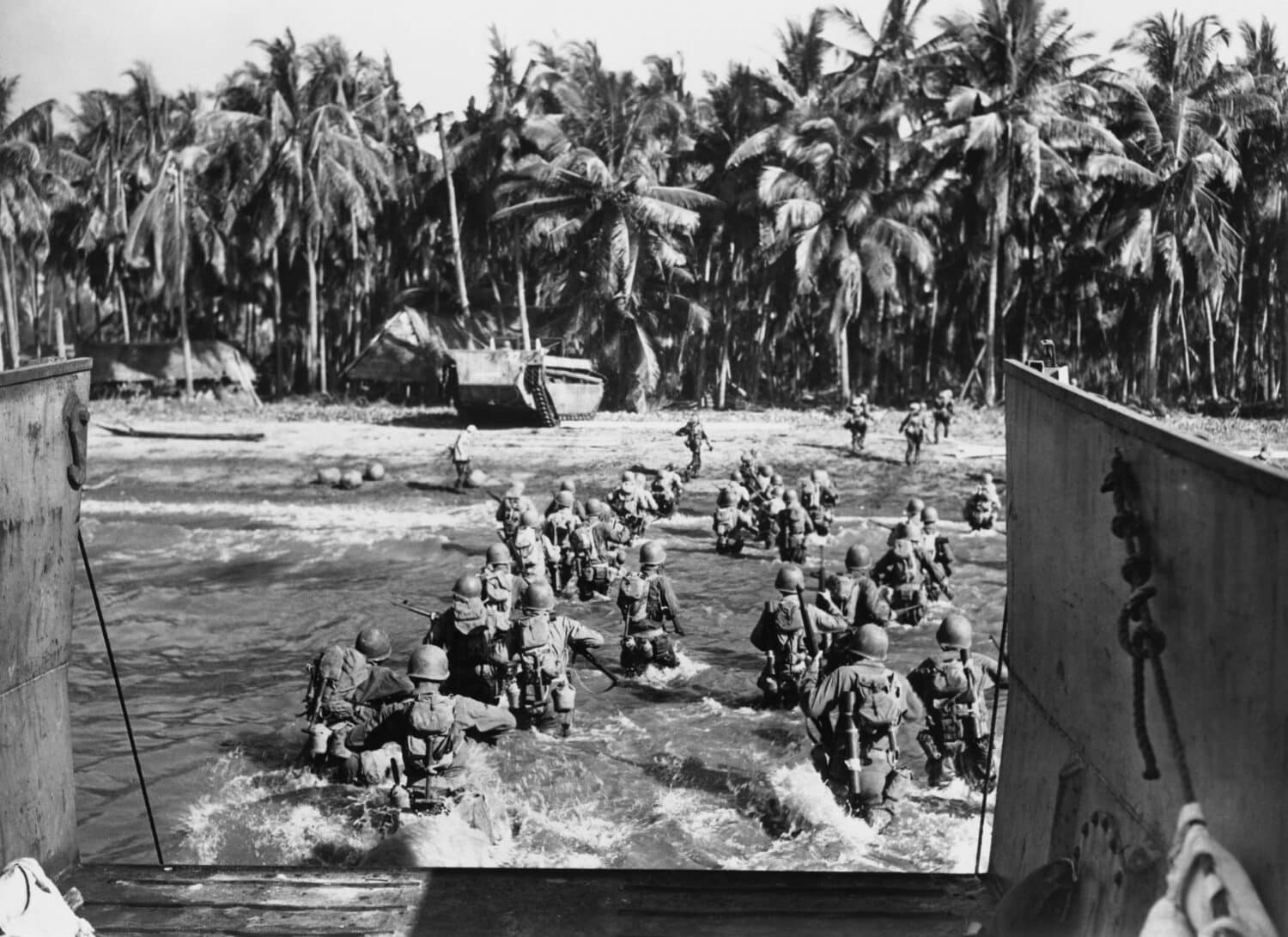

When you look at World World 2, its deadly conflicts happened in part as a result of huge militaries mobilizing against one another. The 1940s were undoubtedly influenced by the fighting of WW2, as was the changing power structure of the Axis and Allies. The U.S., in particular, was not considered one of the world’s military powers in 1939. However, by the end of WW2, the U.S. was the dominant Allied fighting force. With this in mind, let’s take a look at the most powerful militaries of the 1940s and see how they fared over the decade.
Introduction

As the world began to gather for war in 1939, the relative strength of different militaries painted a very mixed picture. On paper, countries like France and Great Britain should have easily repelled Germany but reality was quite different. As it turns out, unsuspecting countries like the U.S. and Russia would become the truly powerful militaries of the 1940s required to beat back German advances.
1. Italy
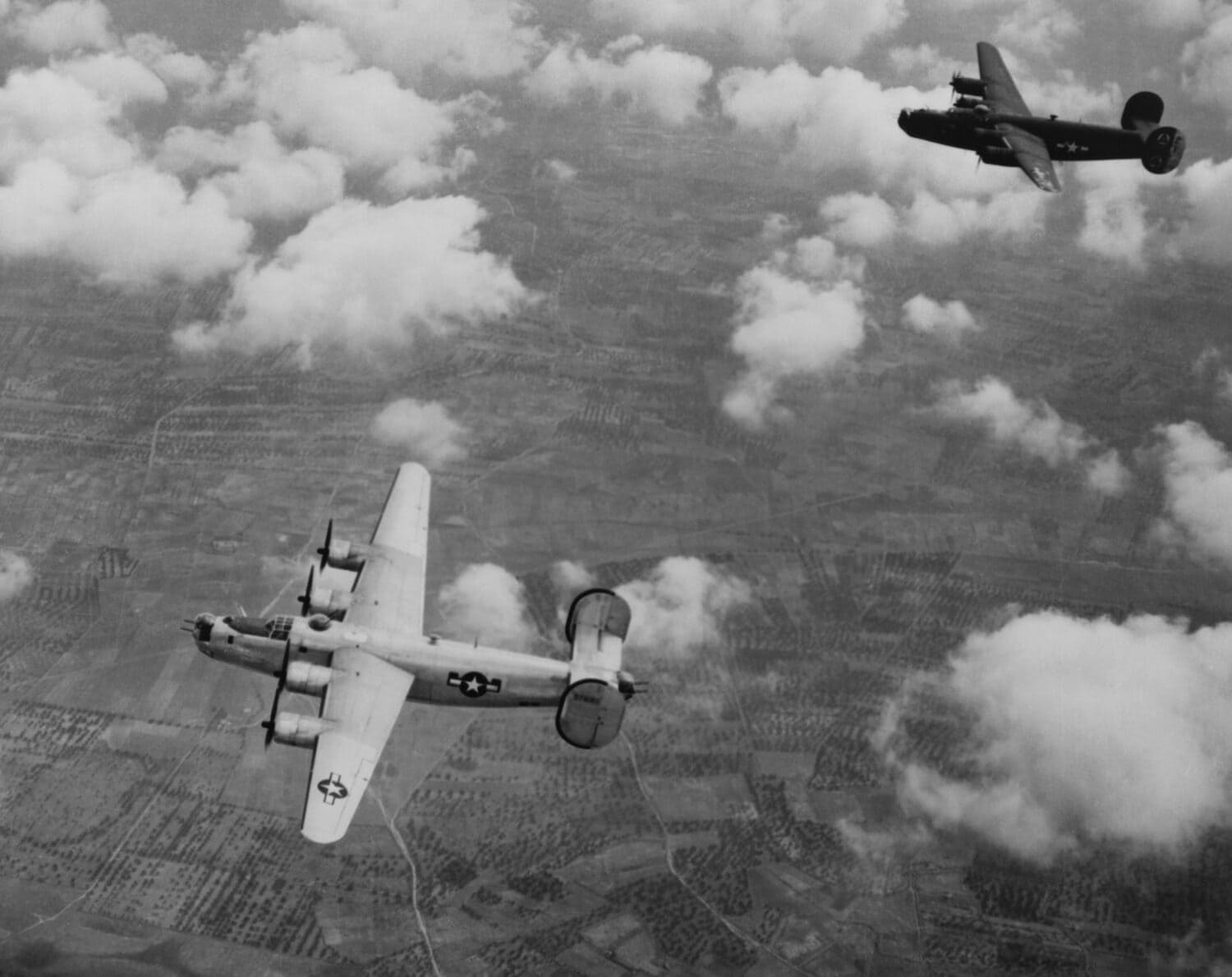
Any list of the most powerful militaries of the 1940s is likely to include Italy in some capacity. This is a country that is a bit of a conundrum as the size of its military was not a good indicator of its overall strength. Italy was widely considered to be the weakest of the 7 great military powers in 1940 all while having one of the strongest navies in the world.
When Italian dictator Benito Mussolini declared war on France and Great Britain in 1940, Italy had a standing army of around 1.7 million. By 1943, it had drafted almost 3.8 million citizens into its war against the Allies.
Italian Military Failures
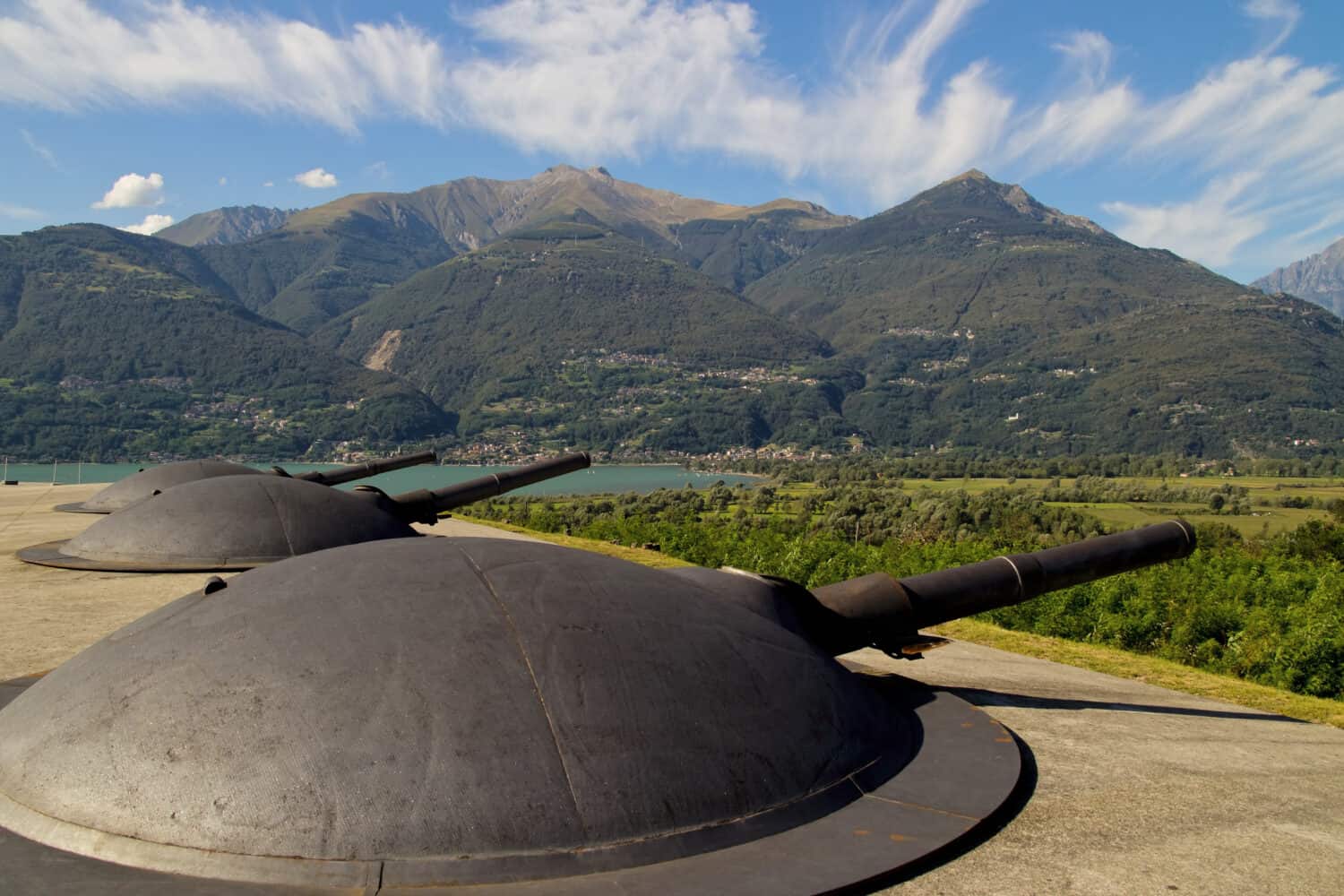
Unfortunately for the Italians, its army was not a serious battlefield opponent. Infighting among its different branches, old equipment, and poor training led to numerous battle losses. Ultimately, Italy officially surrendered to the Allies on September 20, 1943.
Post WW2, most of the Italian army just disbanded and left without any official orders. Germany would send many Italian army prisoners to German prisons as forced labor. What’s true is that Italy had a lot of brave men willing to fight for their country. Unfortunately, Italy simply didn’t do enough to train its men or arm them properly. Had it been more effective, the war could have dragged on longer.
2. France
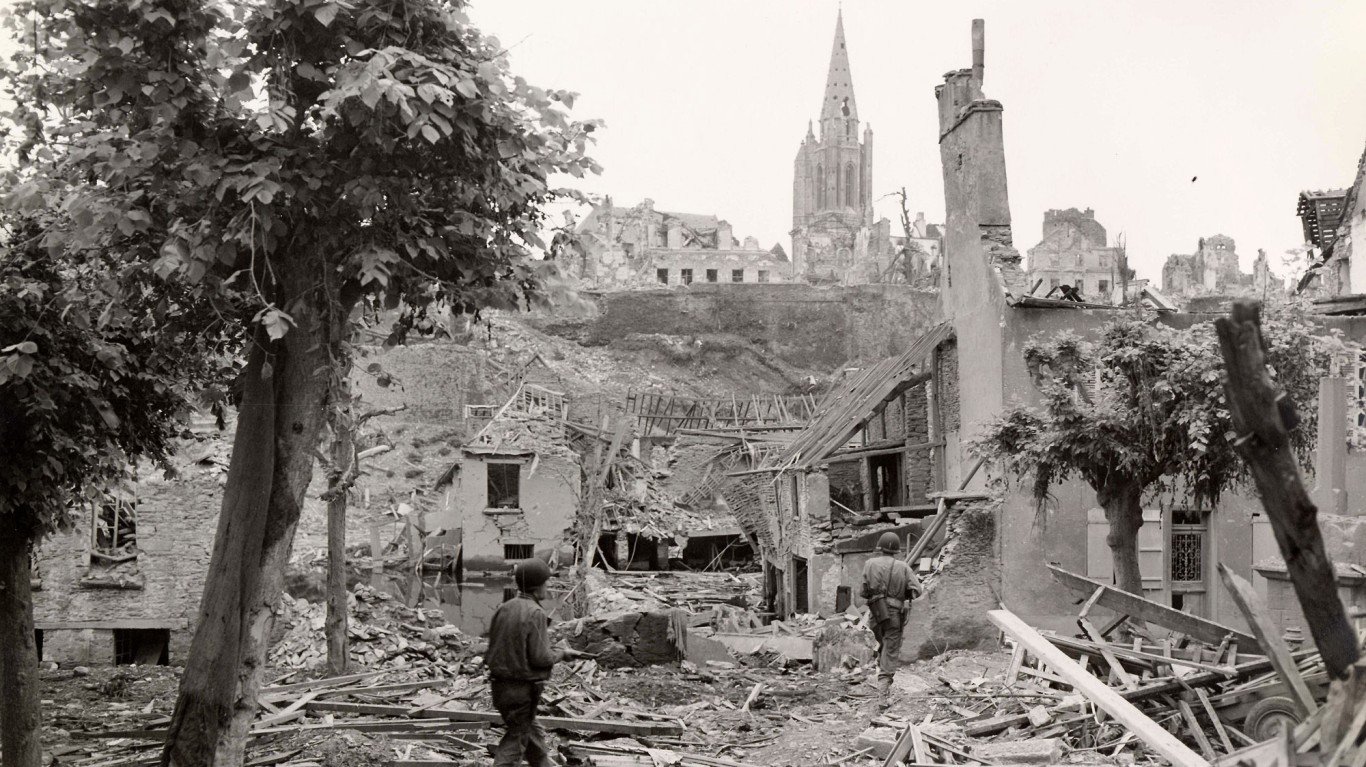
When you look back at 1939, there is a strong argument France was the best fighting force in the world. France outnumbered Germany through manpower, tanks, planes, and equipment. France has spent millions equipping its military with some of the best hardware in the world.
Unfortunately for France, its military was also the product of terrible leadership. France was invaded by Germany in 1940 and received little resistance. By June 1940, France’s vaunted military had surrendered Paris and by 1942, Germany controlled all of France. It took just 6 weeks from May 10 to June 25, 1940, for Germany to force France’s surrender.
France Jumps Into Another Conflict
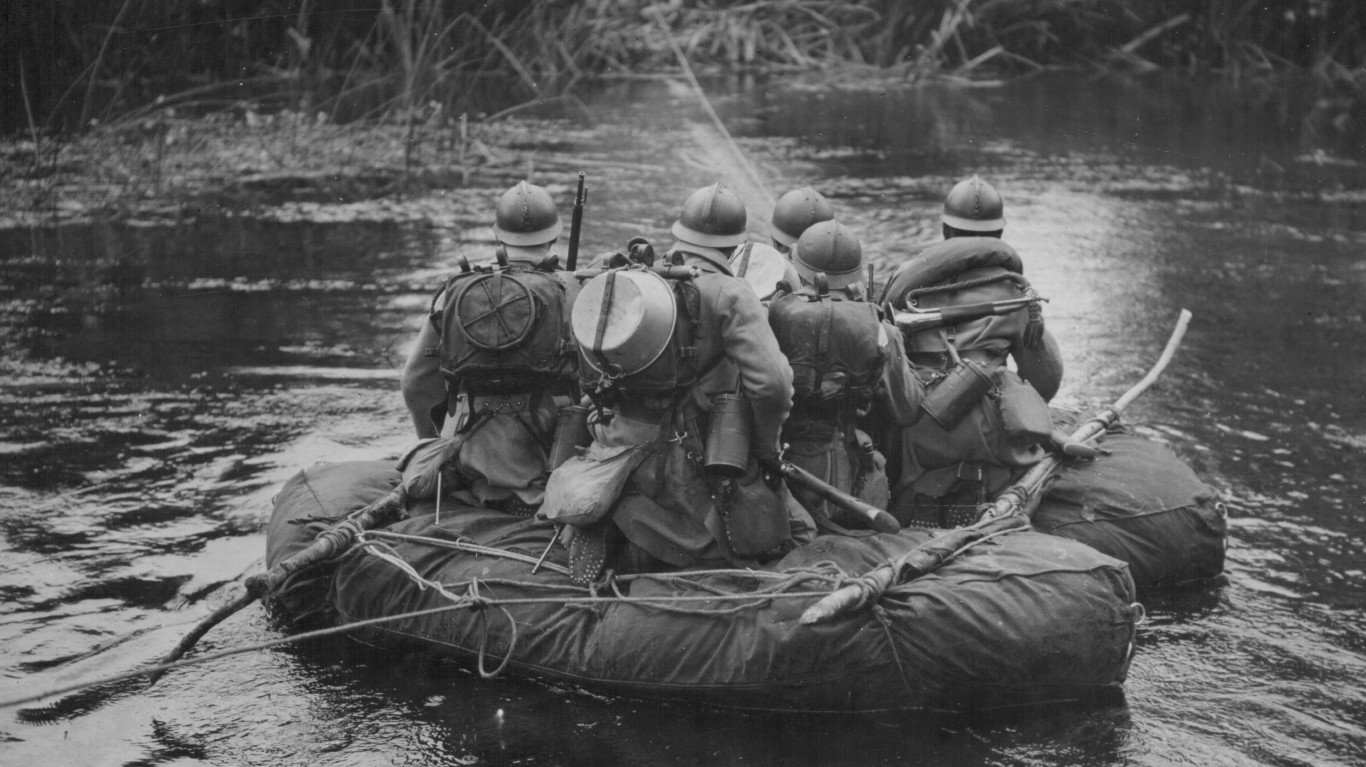
After the end of the war, France was near disaster as the country had been sufficiently bombed in all major cities. Retreating German forces pilfered resources including many of its military capabilities. In response, the U.S. would make France a large recipient of aid from the Marshall Plan to help rebuild its infrastructure.
For the latter half of the 1940s, France still retained a large portion of its army and it remained one of the world’s largest with almost 1.2 million soldiers. As the country voted for a new form of government in the form of a Fourth Republic, it retained a strong military. As a result, France fought (and lost) in the First Indochina War in Vietnam from 1946 – 1954.
3. Great Britain
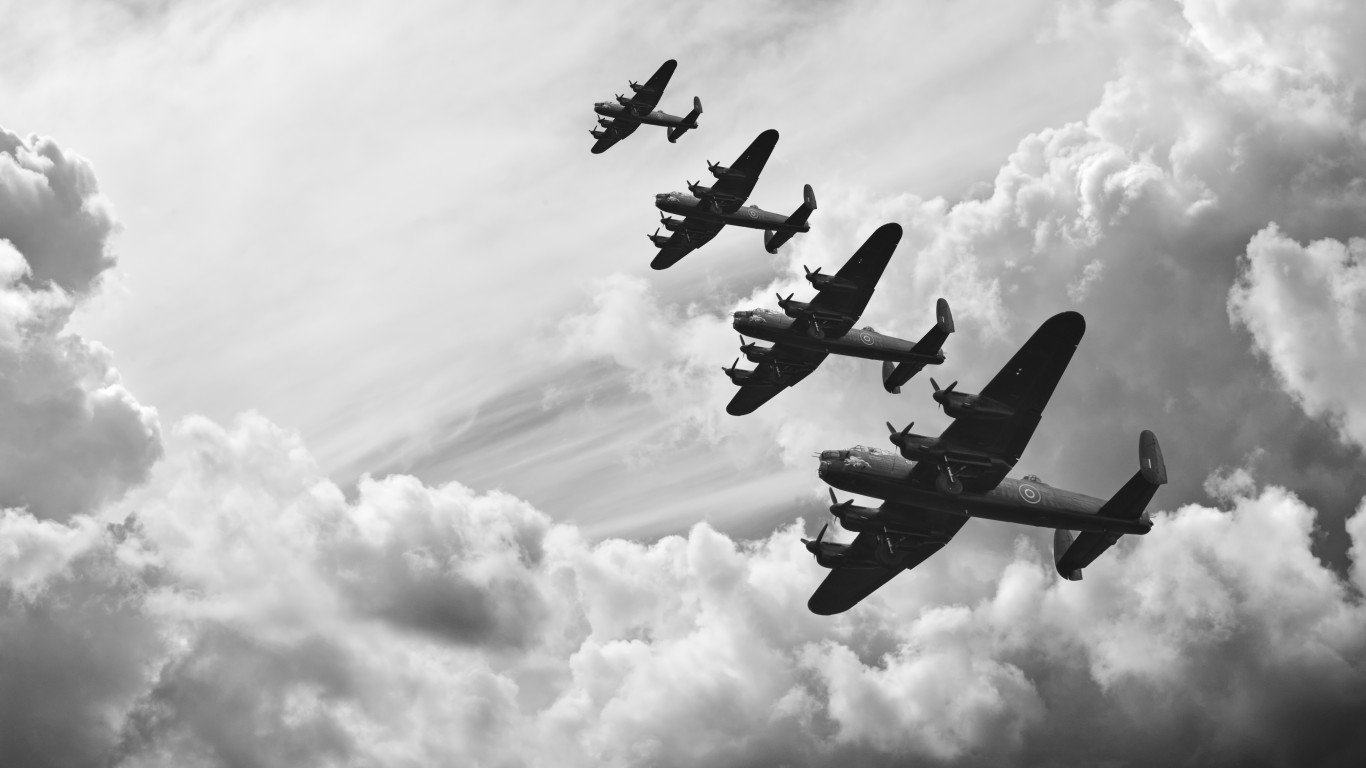
As part of its international empire, the military strength of Great Britain was formidable at the start of World War 2. In total, the British military was capable of placing almost 2.9 million soldiers on the battlefield. The British military was able to field such a size thanks to its ability to use colonial soldiers from within its empire. Countries like India, Ireland, and South Africa all contributed troops that fought as members of the British armed forces.
Unfortunately, Britain’s numerical strength gave way to an ill-equipped number of troops and the British Army suffered defeat after defeat between 1940 and 1942. Ultimately, these defeats led to the development of the Special Air Service and Special Boat Service, now known as some of the best special forces groups in the world.
Great Britain Post WW2
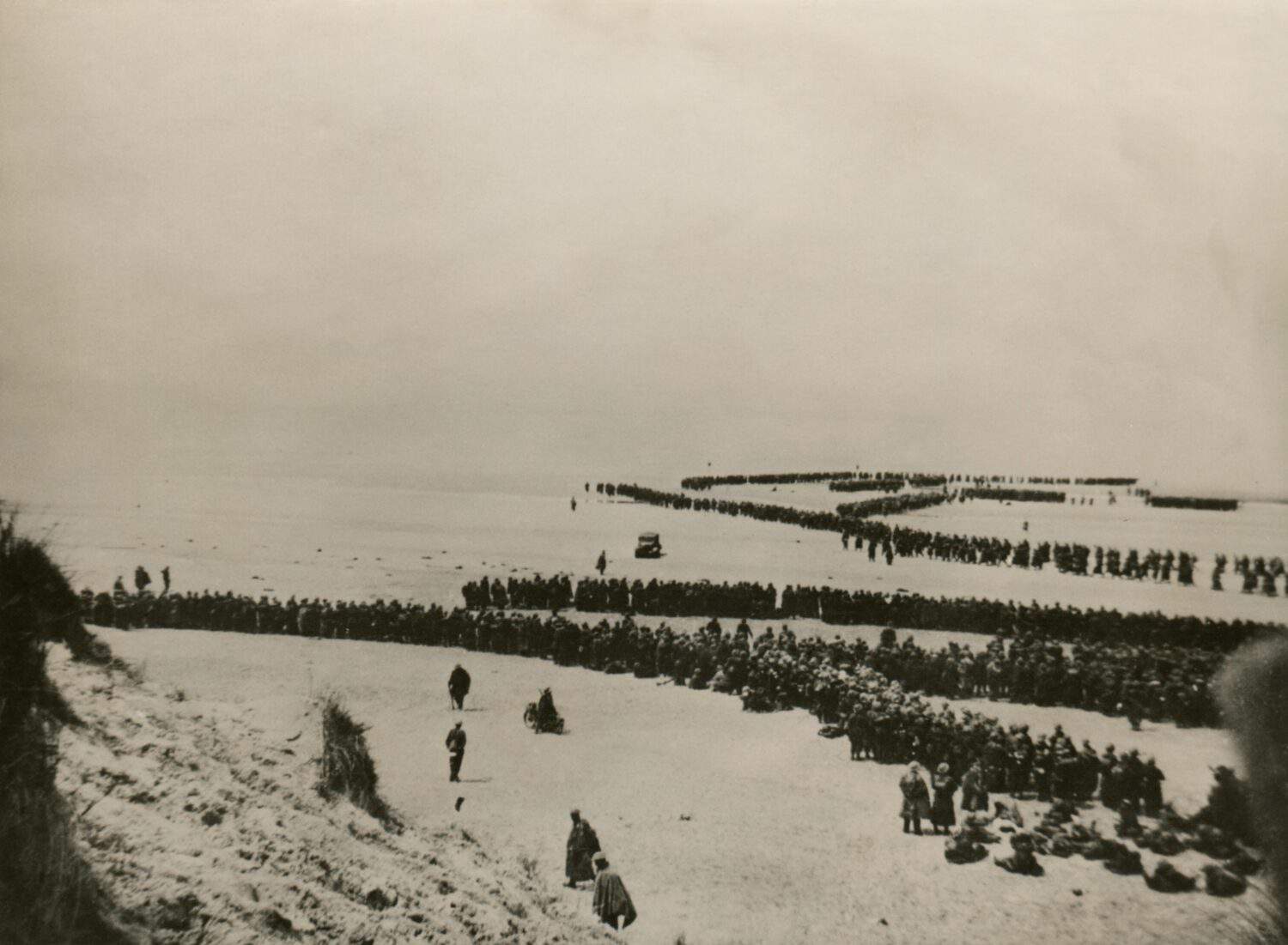
In a post-war world, England did not see a need to maintain its sizable military. The result was that it would significantly reduce the size of its military. Great Britain recovered from its early defeats to become successful in significant battles like the Battle of El Alamein. Driving the Germans out of Africa helped restore British strength and belief in its armed forces.
However, England’s focus post-war was on restoring its economy. After being devastated as a result of the war, much of the country needed to rebuild from German bombing runs. As it surrendered control of part of its empire, England looked inward, reduced the size of its military, and focused on strengthening its internal economy.
4. Japan

Out of all of the major powers that played a significant role in WW2, Japan was arguably the smallest. With a population of just 71 million people, Japan was smaller than the U.S., Germany, Russia, and Great Britain. Despite its population disadvantage, Japan still managed to grow its army to a sizable fighting force of right around 5.5 million people.
However, Japan’s fighting size was split across numerous arenas. Between the Pacific, China, Burma, and Korea, Japan’s military was tasked with covering a significant portion of its territory. As the war continued, Japan’s government saw itself losing ground and threatened the Japanese public with conscription. The goal was to field an army of over 30 million people in the event the U.S. invaded Japan.
Japan’s Military Is Dismantled
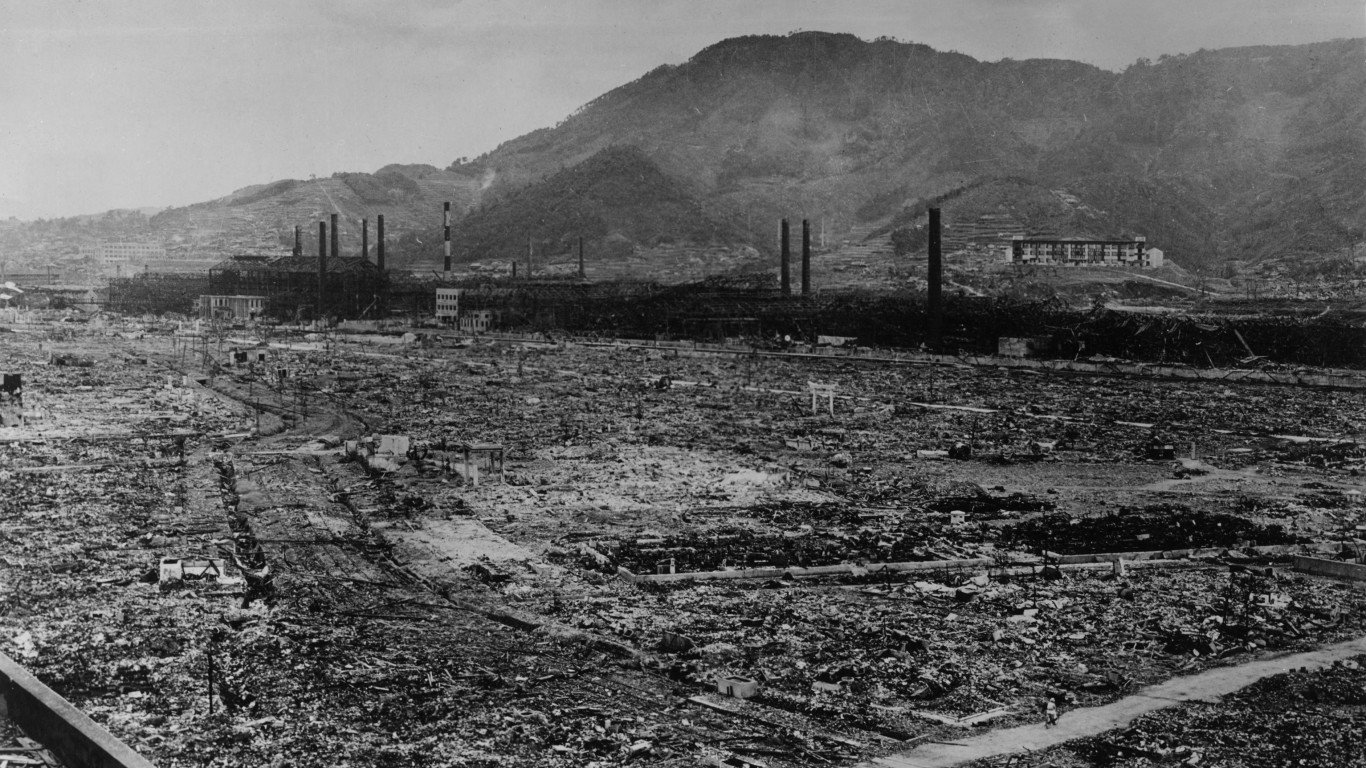
At the end of WW2, the U.S. imposed numerous limits on Japan’s military to avoid continued aggression. Ultimately, the U.S. would dismantle the Japanese army and add a constitutional amendment banning Japan from maintaining a standing army.
For the rest of the 1940s, Japan’s military was all but gone and its senior officers were banned from serving in any type of political post. It wouldn’t be until 1952 that a new treaty between the U.S. and Japan stated that the country could start to build up a “self-defense force” in the face of international aggression.
5. Germany
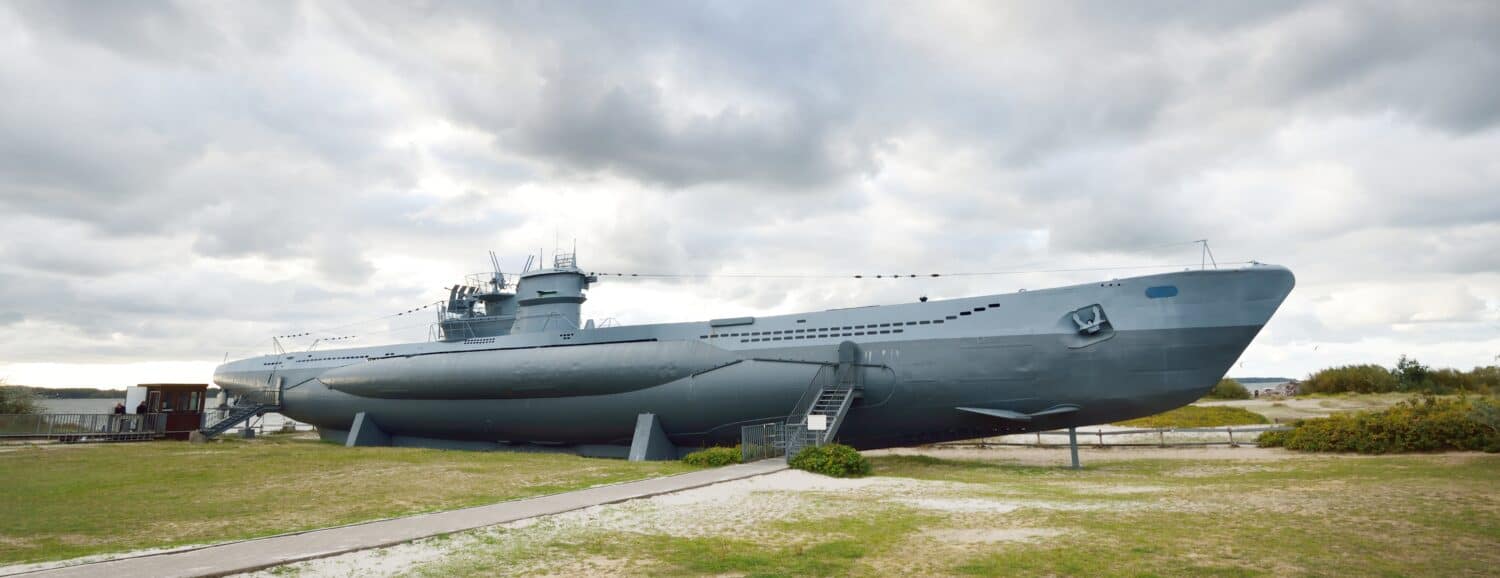
At the height of its strength in World War II, Germany had 14 million citizens serving in its military. As a formidable fighting force, Germany’s power enabled it to not just invade and capture numerous European countries, but also keep the Allies at bay for years. You could easily argue that Germany had the strongest military in the world at the time it launched its European invasion.
Ultimately, even though the German force was well-trained and well-disciplined, the Allies outnumbered the Germans and began to push them back. Germany did not have the strength to fight the Allies in Europe and Russia. By the end of the war in 1945, Germany’s fighting strength had been depleted by over 4.3 million soldiers.
Germany Is Broken by the Allies
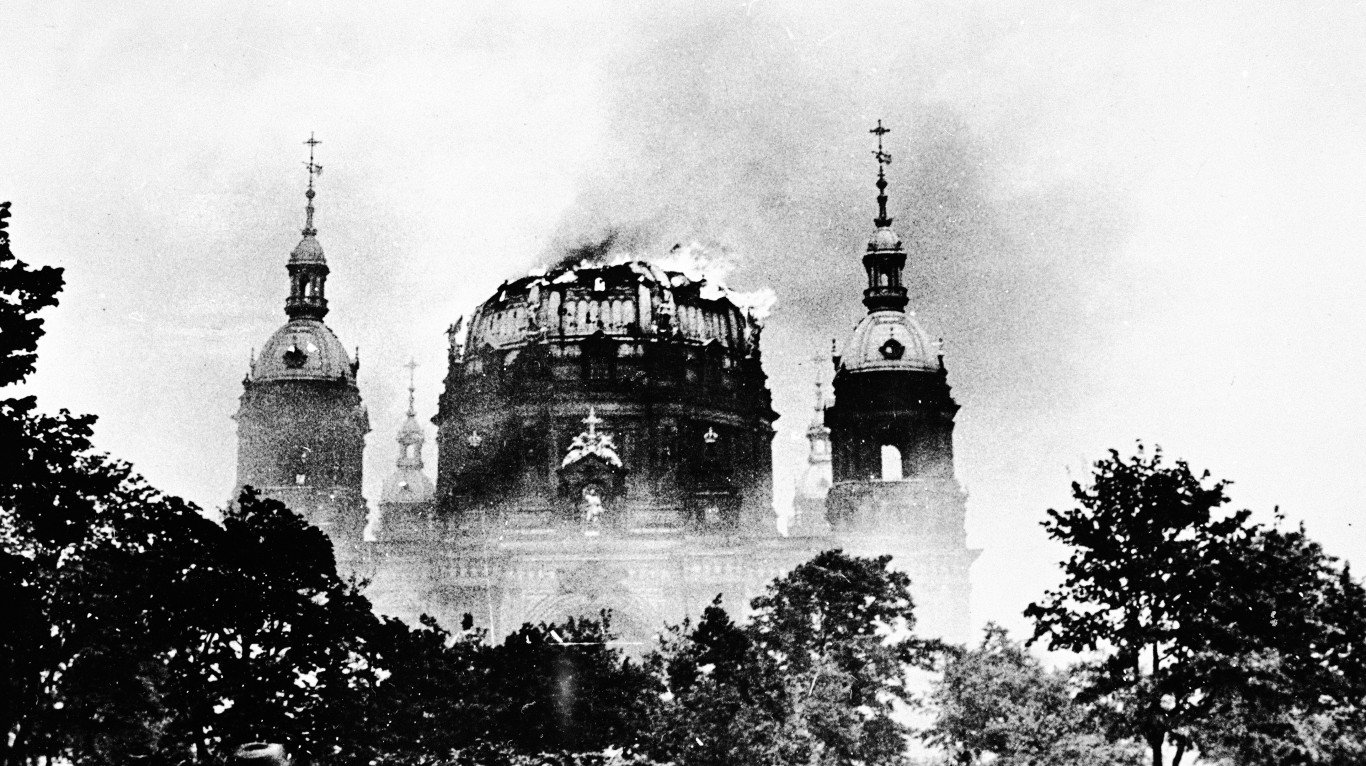
Due to its aggression and the atrocities it committed during the war, Germany’s military was completely disbanded. Allied forces removed the entire military structure of Germany on August 20, 1946.
For years, Germany was forbidden from having a standing army after the war. However, as the Cold War began to heat up, the Allies changed their tune and re-established the German military structure in 1955. The goal was to create a foothold in Eastern Europe that could stand up against any potential Soviet invasion.
6. Russia
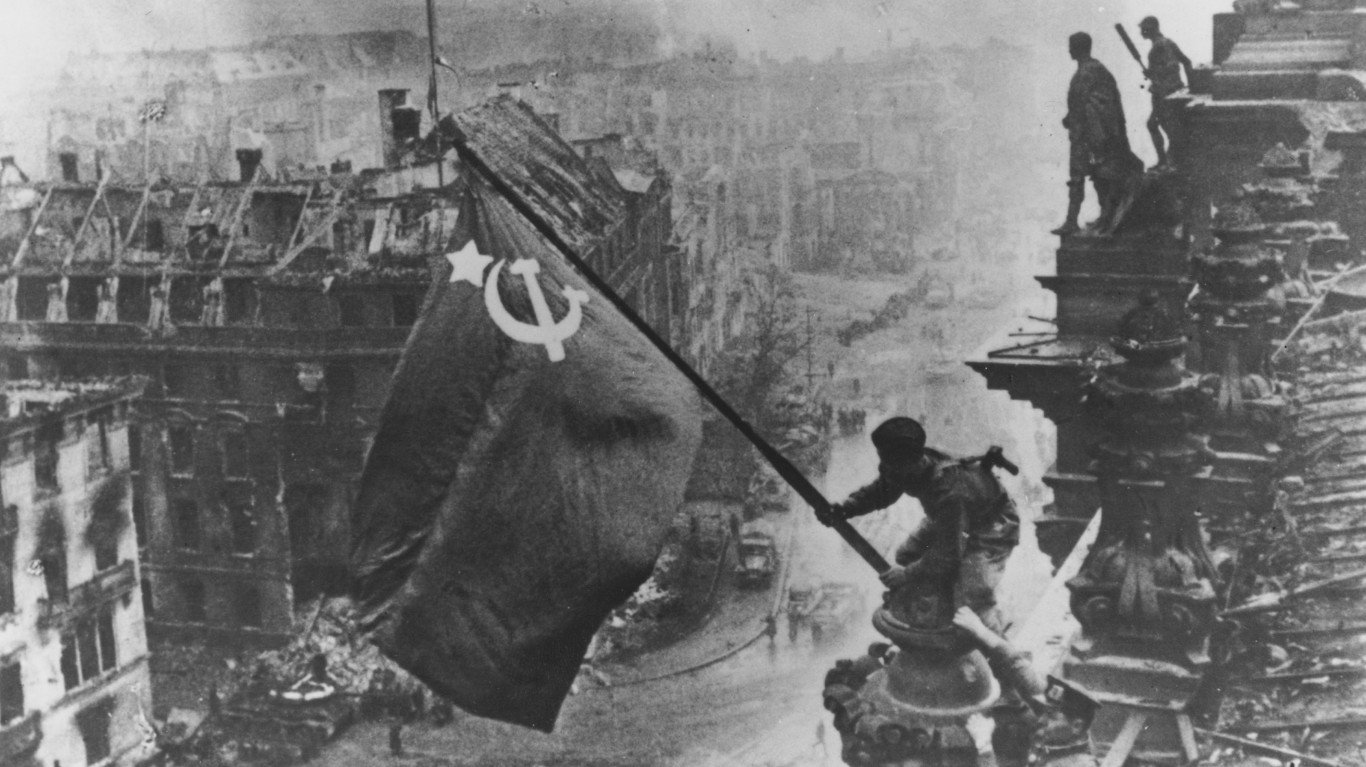
The Soviet Union would field one of the largest armies in history during WW2. At its highest point, it’s said that the Red Army had almost 34 million citizens drafted into serving. While over 6 million Soviet soldiers would fall on the battlefield, Russia’s influence during the war cannot be overstated.
Early in the war, Russia maintained neutrality toward Germany’s European invasion. It even signed a nonaggression pact with Germany in 1939. Today, it’s believed that Russia and Germany colluded to divide Europe into different spheres of influence. However, when Germany launched an attack on the Soviet Union in June 1941, Russia’s neutrality was abandoned and it entered the war.
Russia’s Military Is Huge
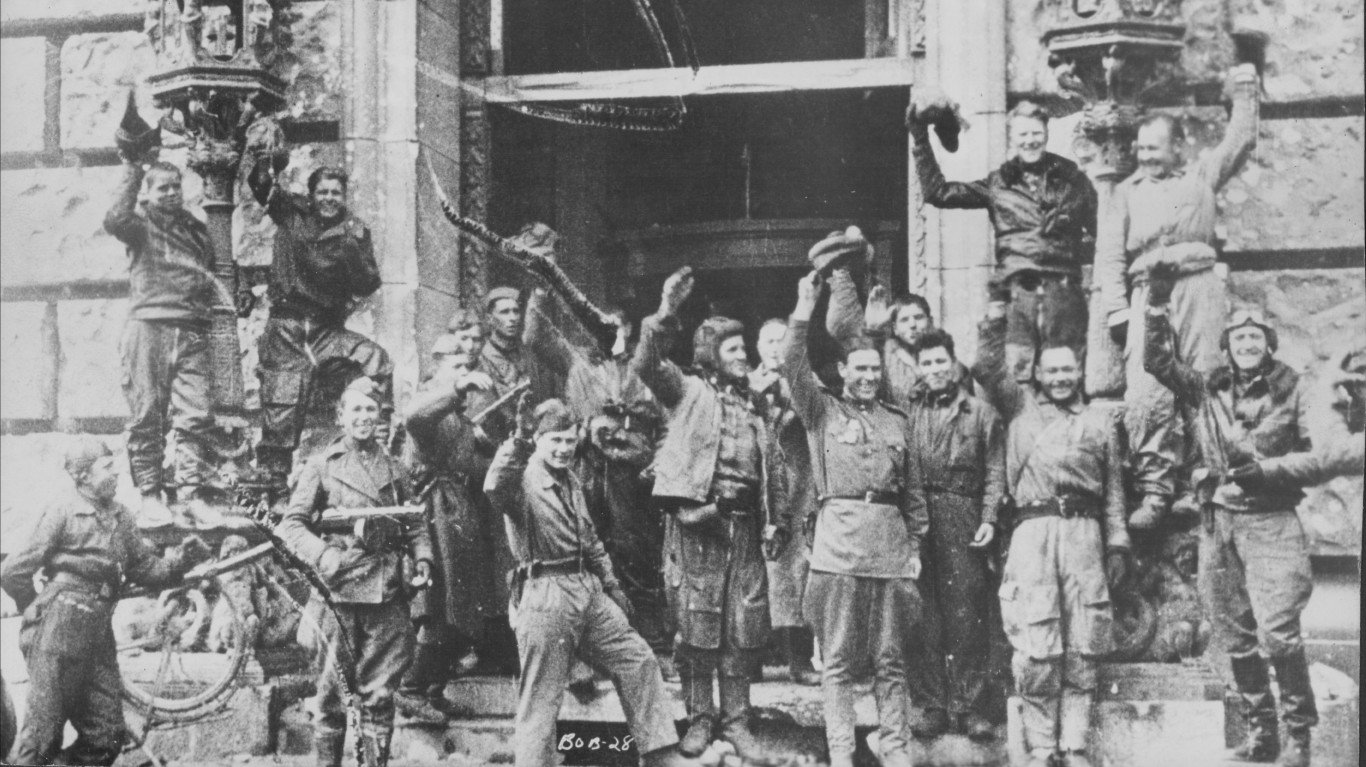
While Russia was ultimately on the winning side of the war, it was devastated economically. The cost of placing so many troops in battle drained the Russian economy by almost 20%. Even so, the Red Army still had more than 11 million soldiers at the end of World War II.
Between 1945 and 1948, Russia began a period of demobilization and reduced the size of its army down to 3 million. Even so, by 1950, Russia was arguably still the world’s greatest military force outnumbering Western military units in Europe by a factor of ten to one.
7. United States
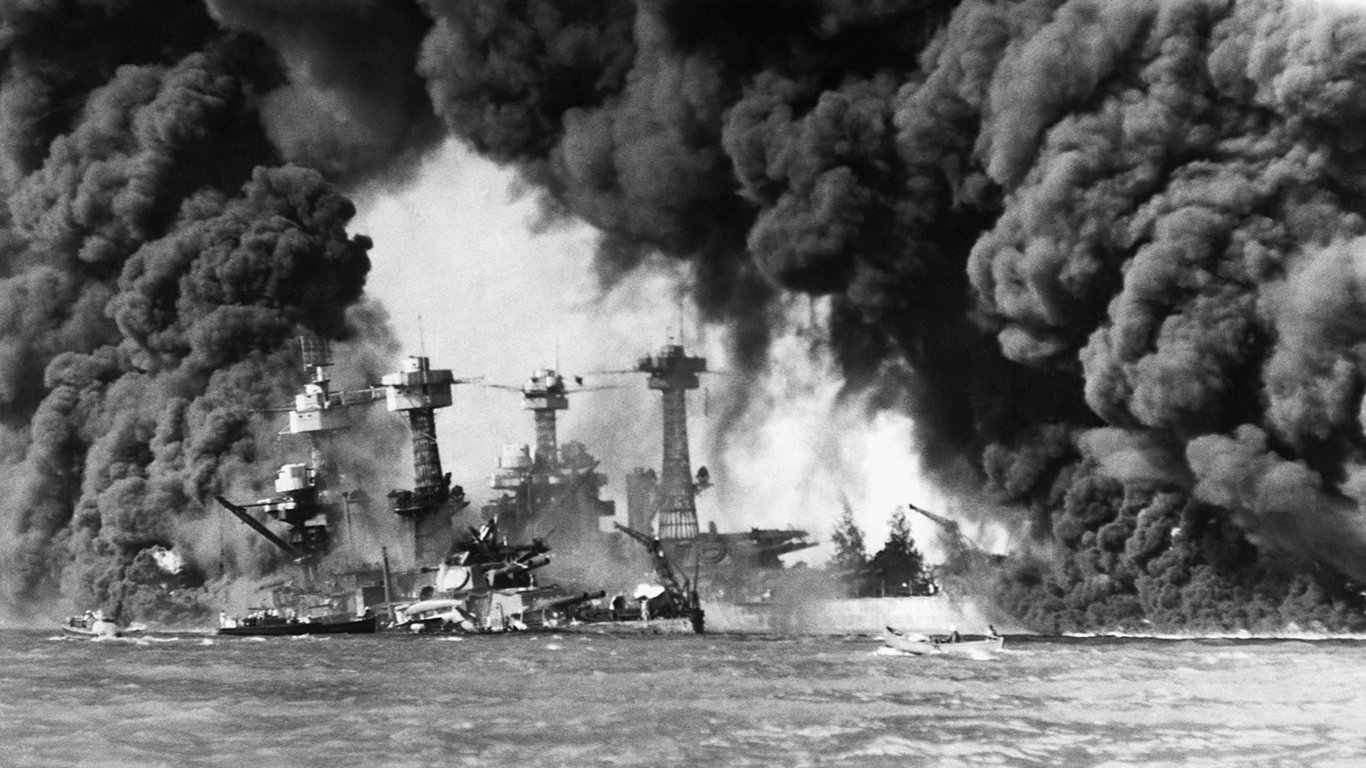
In the grand scheme, the U.S. was not considered a global or military power ahead of being dragged into World War 2. At the beginning of the war, in 1939, the U.S. had an active duty fighting force of just over 300,000 between the Army and Navy. By September 1939, Army Chief of Staff General George Marshall looked to modernize the U.S. Army in preparation for a global war.
By the time October 1941 rolled around, the U.S. Army had grown to over 1.5 million troops in uniform. Even so, the U.S. Congress was reluctant to give approval and money to join the conflict taking place in Europe. While the U.S. had a small force on the ground in England, President Roosevelt was unable to gather enough support to fully mobilize the country for war.
Awaken the Sleeping Giant
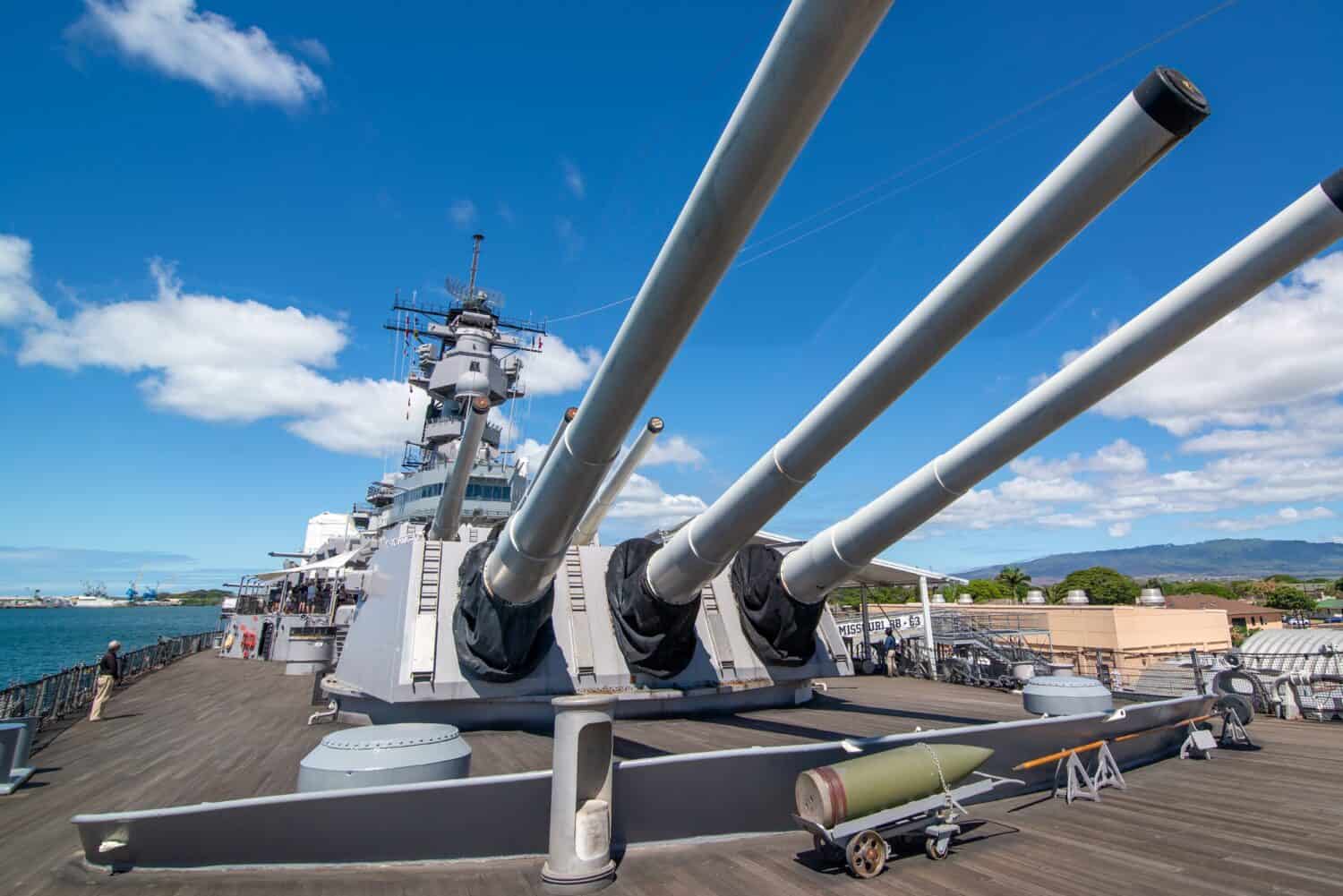
Of course, the U.S. position changed dramatically after the December 7, 1941 attack on Pearl Harbor. After this, the U.S. declared war on Japan and its allies. The result was the birth of a sleeping giant as the U.S. fully mobilized for war. The result was that the U.S. would field more than 16 million troops across the world battling both Germany and Japan.
After the Allies successfully defeated Germany and Japan, the significant rise of the U.S. as a global economy gave way to significant military modernization. While the size of the U.S. military shrank dramatically, it retained bases around the globe to maintain peace. By 1949, the U.S. Army had around 651,000 active troops. Today, the U.S. military remains the world’s most fearsome fighting force spending more on defense than any other country.
Conclusion
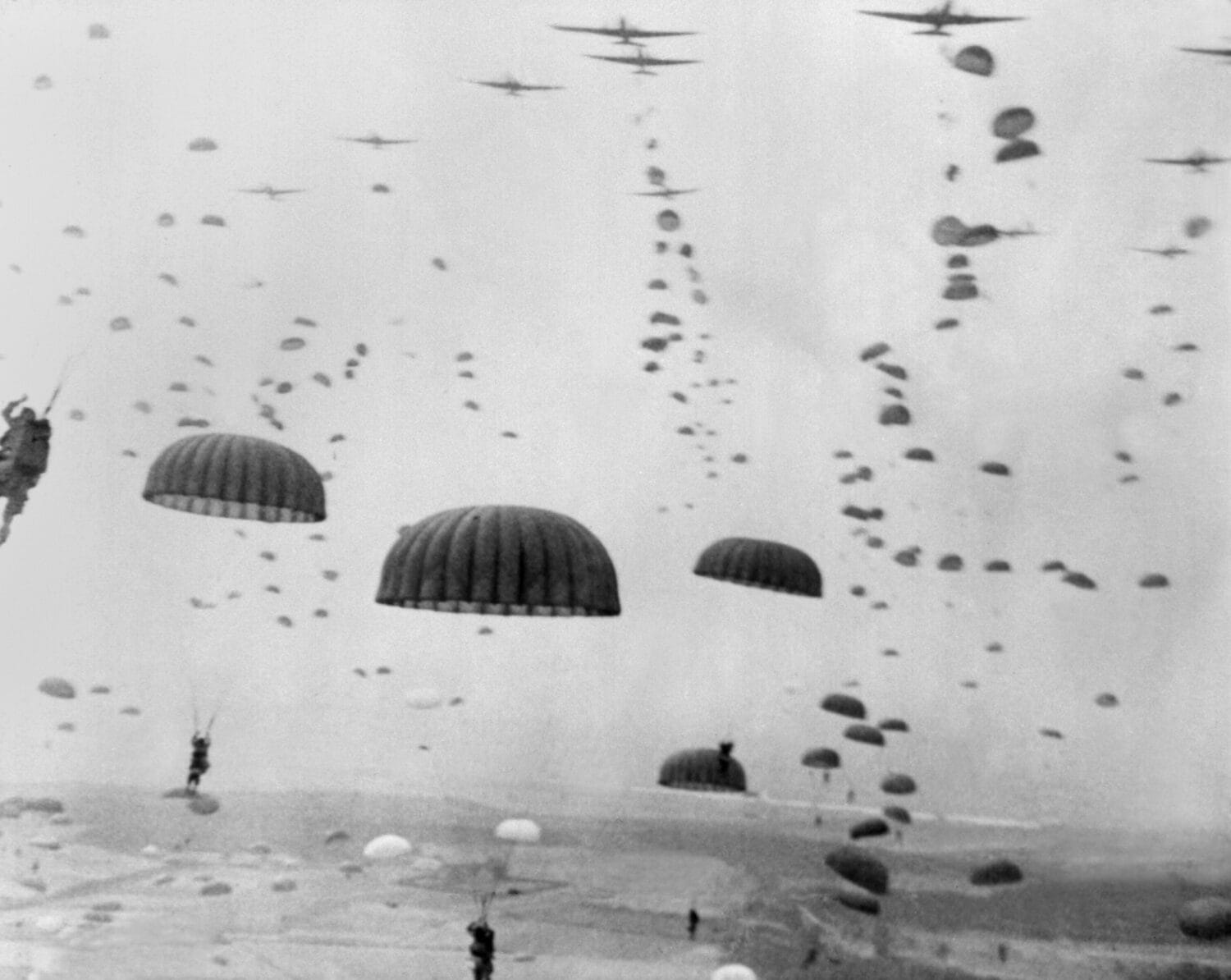
At the beginning of World War 2 in 1939, the world looked very different than it would 10 years later. By 1949, the U.S. and Russia were beginning the start of the Cold War. At the same time, the British Empire was falling and France found itself in a new conflict. As one of the deadliest conflicts in history, WW2 undoubtedly shaped the direction of the next 50 years thanks to different military strengths.
Smart Investors Are Quietly Loading Up on These “Dividend Legends” (Sponsored)
If you want your portfolio to pay you cash like clockwork, it’s time to stop blindly following conventional wisdom like relying on Dividend Aristocrats. There’s a better option, and we want to show you. We’re offering a brand-new report on 2 stocks we believe offer the rare combination of a high dividend yield and significant stock appreciation upside. If you’re tired of feeling one step behind in this market, this free report is a must-read for you.
Click here to download your FREE copy of “2 Dividend Legends to Hold Forever” and start improving your portfolio today.
Thank you for reading! Have some feedback for us?
Contact the 24/7 Wall St. editorial team.


